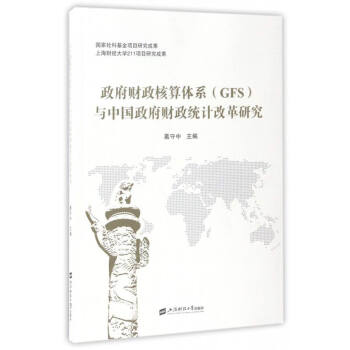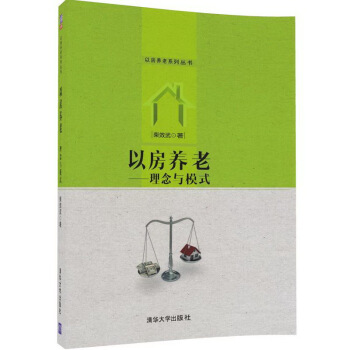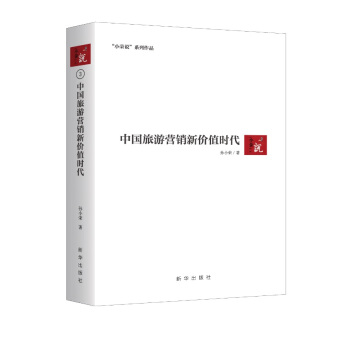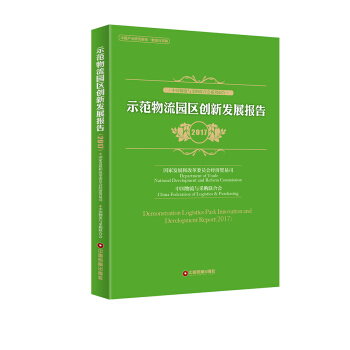![中华现代学术名著丛书(英文本)·战后中国之工业化:中国之工业资本 [The Post-War Industrialization Of China Industrial Capital In China]](https://pic.tinynews.org/10924453/4386bcb3-1f94-45d1-90ea-bd95e64fa027.jpg)

具体描述
内容简介
One hundred years ago, Zhang Zhidong tried to advocate Chinese learning by saying: “The course of a nation, be it bright or gloomy, the pool of talents, be it large or small, are about governance on the surface, and about learning at the root. “ At that time, the imperialist powers cast menacing eyes on our country, and the domestic situation was deteriorating.The quick infiltration of Western learning made the long-standing Chinese tradition come under heavy challenge. In those days, Chinese learning and Western learning stood side by side. Literature, history and philosophy split up, while many new branches of learning such as economics, politics and sociology were flourishing, which made many Chinese dazed.However, there appeared a vital and vigorous learning climate out of the confusing situation. It was at this critical moment that modern Chinese scholarship made the transition-by exchanging views, basing on profound contemplation and even with confrontation of idea and clash of views, the scholarship made continuous progress, bringing up a large number of persons of academic distinction and creating numerous innovative works. Changes in scholarship and in general modes of thinking made transition in all aspects of the society possible, thus laying a solid foundation for revitalizing China.目录
THE POST-WAR INDUSTRIALIZATION OF CHINAINDUSTRIAL CAPITAL IN CHINA
精彩书摘
The third basic system in the southwest network is the Yunnan-Indo-China Railway, which suspended operations when the Japa-nese occupied French Indo-China in the-summer of 1940. This Railway, however, had proved its usefulness to wartime China between the fall of Canton and the Japanese occupation of French Indo-China, for a period of two years. Formallyt inaugurated in 1910, it runs 469 kilometres southward from Kunming to the border town of Hokow and then veers southeastward to Hanoi and Haiphong, the port aty. Traversing some of the largest mountains in southern Yunnan, it crosses 47 bridges over 20 meters long and passes through 147 tunnels, totalling 15 kilometres in length. Nearly 45,000 Chinese laborers from Kwangsi, Kwangtung,Tientsin, Foochow, and Ningpo, parricipated in the construction work, under conditions of unbelievable hardslup.The fourth basic system in the southwest network consists of the completed section of 530 kilometres of the Hunan-Kwangsi Railway from Hengyang on the Canton-Hankow Railway to Kweilin and Liuchow in Kwangsi province, thence by highway to Chennankwan on the French Indo-China border via Nanning. From Liuchow where the Railway ends a highway goes north-westward to Kweiyang, thence northward to Chungking, Lhus linking together the four provinces of Hunan, Kwangsi, Kweichow and Szechuen. It was along this route, which is reputedly in better condition and less dangerous than the route through Kunming to Kweiyang, that most of the goods from the outside world were transported to Chungking before the Japanese occupation of French Indo-China.
……
用户评价
当我看到“战后中国之工业化”这个词时,我立刻想到了那个充满挑战与机遇的年代。这本书的题目预示着它将带我穿越回那个时期,去感受那个时代的脉搏。我好奇作者会如何描绘战后中国经济百废待兴的景象,以及在这样的条件下,工业化是如何成为国家发展的重中之重。我设想书中会穿插一些那个时代的珍贵图片,或许是描绘人们如何在简陋的条件下开展建设的场景,又或者是早期工业产品的照片,都可能勾起读者的怀旧情绪和对历史的追思。我更关心的是,这本书是否会深入探讨工业化过程中所面临的困境和挑战,比如技术封锁、资源短缺、人才匮乏等等,以及中国是如何克服这些困难,一步步建立起自己的工业体系的。我希望它能展示出中国人民的智慧和毅力,以及国家在这一历史进程中所扮演的关键角色。这本书给我的感觉,它不仅仅是一本学术著作,更像是一扇窗户,让我得以窥探那个波澜壮阔的年代,去感受那个时代人民为国家发展所付出的努力和牺牲。
评分我对这本书的封面设计和排版风格充满了好奇。它会不会采用一种比较复古的纸张质感,字体可能是一种沉稳而典雅的宋体或楷体,整体风格透露出一种严谨的学术气息,但又不会过于冰冷,或许会在章节之间穿插一些具有时代代表性的老照片,比如工厂的剪影、工人们忙碌的身影,或者早期的工业产品,这样能够增加阅读的趣味性和历史的代入感。我更在意的是,这本书是否会关注到工业化进程中那些不为人知的细节和故事。比如,在建设初期,技术人才的短缺是如何克服的?工人们的日常生活是怎样的?他们对工业化的热情和付出又体现在哪里?是否存在一些鲜为人知的技术引进和消化吸收的案例?又或者,书中是否会涉及一些在当时具有里程碑意义的工业项目,以及围绕这些项目发生的故事?我希望它不仅仅停留在宏观的理论层面,更能通过生动的事例和细致的描写,让读者感受到那个时代人们的智慧、汗水和坚韧,让他们体会到工业化背后那一个个鲜活的个体和集体的努力。
评分这本书的书名听起来就很有分量,"中华现代学术名著丛书"这个前缀本身就带着一种权威感和历史沉淀,再加上"战后中国之工业化:中国之工业资本"这个副标题,立刻勾勒出了一个宏大而具体的叙事框架。我脑海中浮现出的是一本厚重的学术专著,扉页上印着密密麻麻的参考文献,翻开来,字里行间都是严谨的学术探讨,充满了历史数据、理论分析和对复杂经济现象的剖析。我期待它能深入剖析新中国成立后,在满目疮痍的土地上,工业化的进程是如何一步步展开的,又是如何塑造了中国的经济格局。特别是“工业资本”这一部分,我很好奇作者是如何定义和衡量战后中国的工业资本的,它包含了哪些要素?它是如何积累和发展的?是依靠国内资源还是外部援助?书中是否会探讨不同时期工业化政策对资本形成的影响,例如计划经济时期和改革开放初期,工业资本的属性和形态会有何种差异?我设想作者会引用大量的史料,包括当时的统计数据、官方文件、企业档案,甚至可能是一些当时的报刊杂志,来佐证他的论点。整本书给我一种感觉,它不仅仅是讲述一个经济故事,更是试图去解读一个国家在特定历史时期,如何从一个贫弱的农业国,一步步走向工业化强国的艰难而辉煌的历程。
评分这本书的书名,尤其是“战后中国之工业化:中国之工业资本”,唤起我对中国近代史一段关键时期的浓厚兴趣。我联想到的是,作者很可能要从一个非常宏观的视角来审视工业化的全局,而不是仅仅聚焦于某一两个具体的行业或企业。我脑海中浮现出的是一张宏大的时代图景,其中包含了国家的战略规划、经济政策的制定、资源的调配,以及不同利益主体之间的博弈。我很想知道,书中对于“中国之工业资本”的定义和构成会有怎样的阐述。它是否会将所有制形式作为核心的分析维度?例如,国有资本、集体资本、个体资本,乃至改革开放后逐渐形成的私营资本和外资,在战后中国工业化进程中扮演了怎样的角色?又或者,作者会从生产要素的聚集和流动角度来理解工业资本?比如,劳动力的集中、技术的引进、原材料的获取、以及市场机制的建立等等。我期待这本书能够提供一个全面而深入的分析,帮助我理解中国工业资本在不同历史阶段的演变轨迹,以及它如何塑造了中国经济的面貌。
评分这本书的书名给我一种强烈的预感,它一定会涉及到一个非常宏大的历史时期,并且会从一个非常独特的视角来解读“中国之工业资本”。我猜想,书中可能不会仅仅局限于经济层面的分析,而是会将其置于更广阔的社会、政治和文化背景之下。例如,它是否会探讨意识形态对工业化进程和资本积累的影响?在不同的历史阶段,国家政策是如何调整工业资本的流向和发展的?它会不会深入分析战后中国工业体系的形成过程,包括重工业、轻工业的比例,以及它们之间的相互关系?我特别期待书中能够探讨中国工业资本的独特性,它与西方工业资本在起源、发展模式、所有制结构等方面可能存在的差异。是纯粹的国有资本主导?还是也存在着各种形式的私人资本和混合资本?书中是否会提及对外来资本的态度和处理方式,以及它对中国工业资本的最终形态产生了怎样的影响?我希望这本书能够提供一些超越常规认知的见解,帮助我更深入地理解中国工业化的复杂性和独特性。
相关图书
本站所有内容均为互联网搜索引擎提供的公开搜索信息,本站不存储任何数据与内容,任何内容与数据均与本站无关,如有需要请联系相关搜索引擎包括但不限于百度,google,bing,sogou 等
© 2025 book.idnshop.cc All Rights Reserved. 静思书屋 版权所有

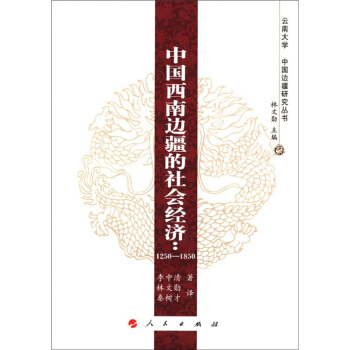
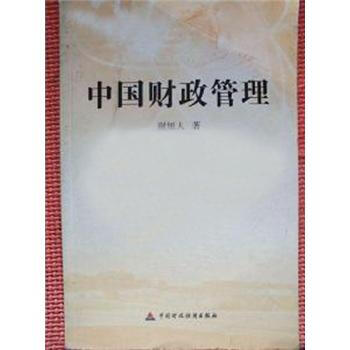
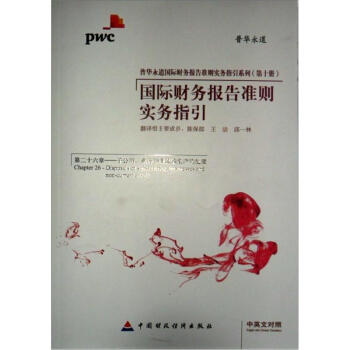
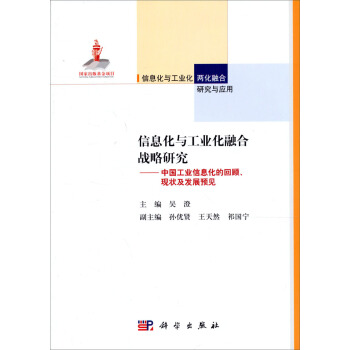
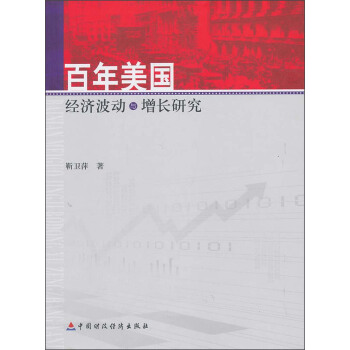

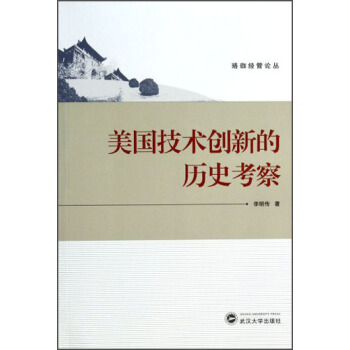
![国际贸易学:理论、战略与实证 [International Trade: Theory Strategy and Evidence] pdf epub mobi 电子书 下载](https://pic.tinynews.org/11478587/53a3c077N011aa064.jpg)
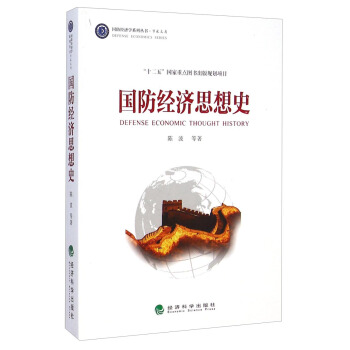
![数字化研制环境下的可靠性工程技术--基于产品数字样机的可靠性设计与分析(精)/中航工业首席专家技 [Reliability Engineering Technology In Digital Development Enviroment-Reliabilty Design Analysis Based On Product Digital Prototype] pdf epub mobi 电子书 下载](https://pic.tinynews.org/11837233/56728a44N51f64111.jpg)
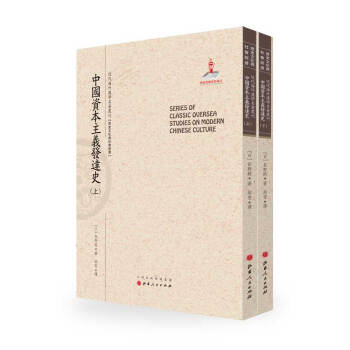
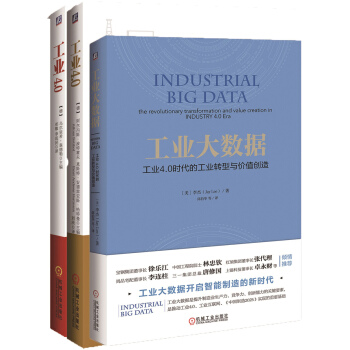

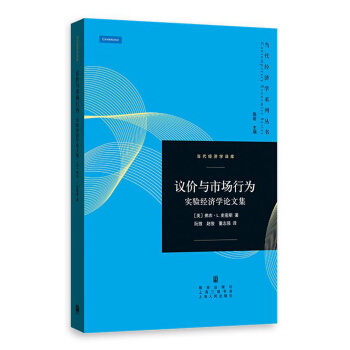
![中国债务拐点研究 [A Study on the Inflection Point of China's Debt] pdf epub mobi 电子书 下载](https://pic.tinynews.org/12122209/597b1371N91be64b1.jpg)

